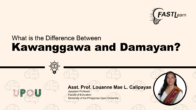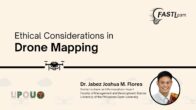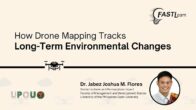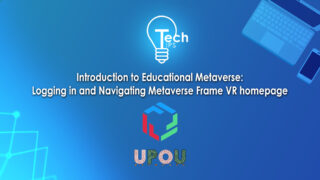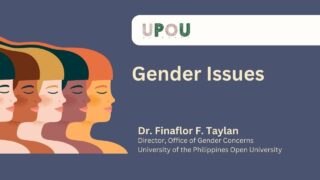What is the difference between kawanggawa and damayan in community service?
Well, kawanggawa means helping others for the sake of charity.
So for example, when we donate to charitable organizations.
So we recognize that we have been blessed, so we share our blessings to others who may not be as fortunate.
However, if we closely examine our culture as Filipinos, we will see that in our context, the helping does not only come from a place of privilege.
What we actually have is a tradition of mutual helping.
So we recognize that as fellow human beings, or kapwa tao, diba, we help each other because we know that we are in the same boat.
So in times of crisis, ito lumalalim pa to, yung pagtutulungan, nagiging damayan pa siya.
Na we help each other because we empathize.
So what is the difference?
So basically, when you say kawanggawa, it’s mainly a top-down approach.
So there are some who say it’s a Western idea of charity, where in general, the people who do the helping, they’re from a better or a higher position than the ones they are helping.
Whereas in our context, in Pagtutulungan and Damayan, the view is that you are on equal ground as the people you are helping. Hindi ka nakaka-angat sa kanila.
So bale, you yourself, you may also actually need that money or that thing that you are giving away.
But, you know, it may not be something extra, but you still choose to share because you understand how difficult it is to be without kasi nga pareho lang kayo eh.
So, as a people in general, we really actually want to help our communities.
So you know, we often hear people saying that, you know, pag yumaman sila, magpapatayo sila ng school; magpapatayo sila ng orphanage, and the like.
But you know, what we need to realize is that we don’t actually have to be wealthy in order to be able to help others.
We don’t have to postpone helping until mayaman na tayo or makatapos tayo or until we reach this certain point in life.
We can actually help our communities right now.
All we need is that we care enough, you know, to help our communities.
